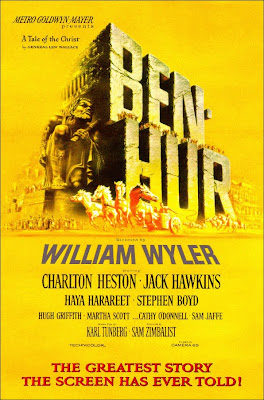

Inside Oscar 2 is a valuable resource in providing summary level insight into recent Academy Awards history. As a result, their votes do not always serve as a “mirror that reflects social, cultural, and political trends” (p. Enlivened by humorous incidents, brewing controversies, and deeply moving personal dramas, Inside Oscar 1995-2000 offers the complete lowdown on six more. Since demographically, “The average Oscar voter is politically liberal, well educated, and much better off financially than most Americans, tend to be drawn to movies that are aesthetically conservative, but which contain humanistic or uplifting attitudes” (p. Bona also discusses the campaigning strategy employed by the studios to win an Oscar and describes how the Academy Awards represent “The collective judgment at a particular point in time of several thousand people who work in, used to work in, or have some ties to, the film industry” (p. It is an excellent film reference source because it provides a useful guide in gaining an appreciation for the amount of money that is spent on advertising and publicity as part of the Oscar competition. Bona’s enthusiastic research into the Academy Awards sparked a fire that created a boom of interest in Oscar culture that could be, on. Inside Oscar 2 by Damien Bona (2002) chronicles the Academy Awards from 1995 to 2000. Damien Bona (19552012) was the author of Inside Oscar: The Unofficial History of the Academy Awards, which he coauthored with former Columbia classmate and film aficionado Mason Wiley.


 0 kommentar(er)
0 kommentar(er)
